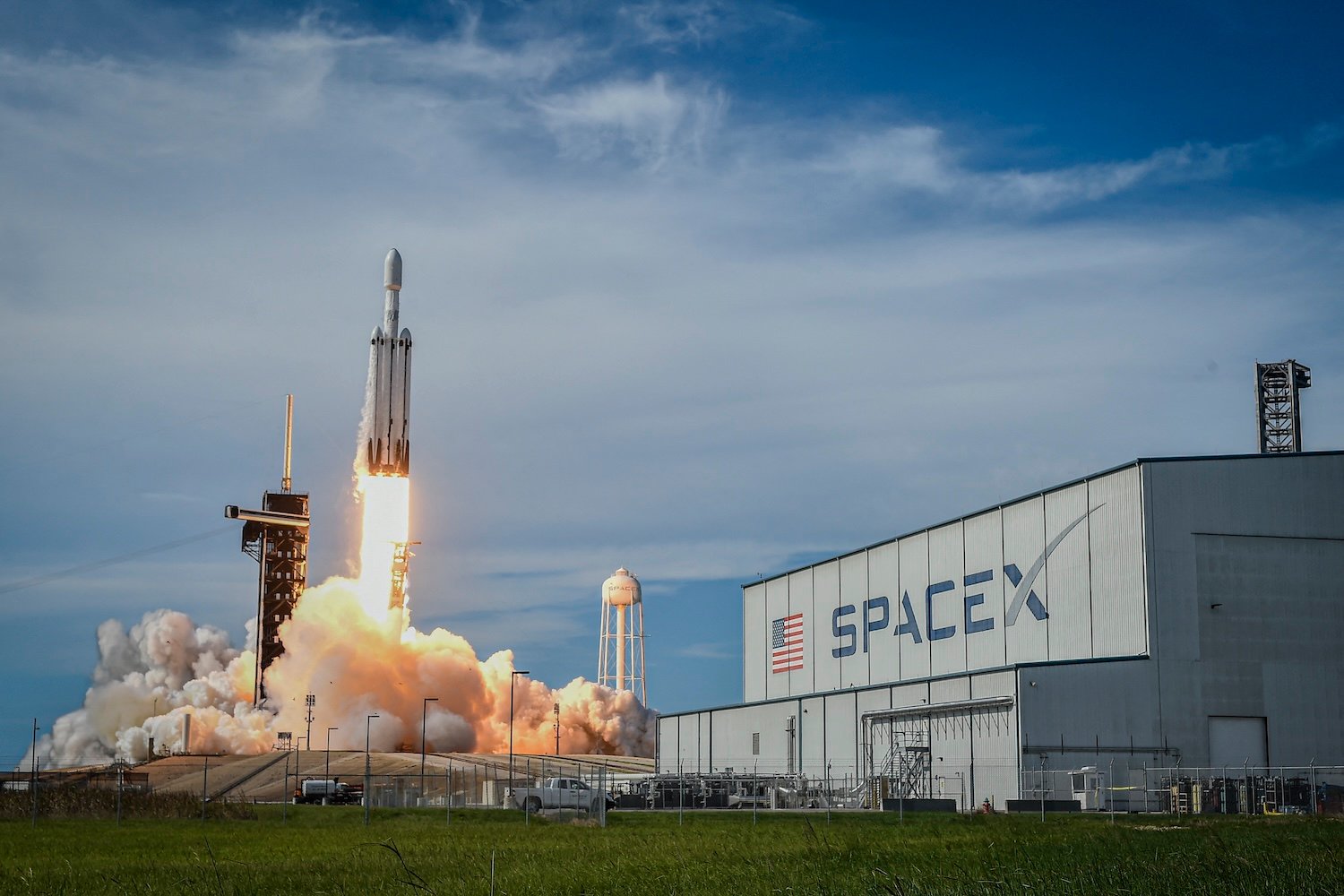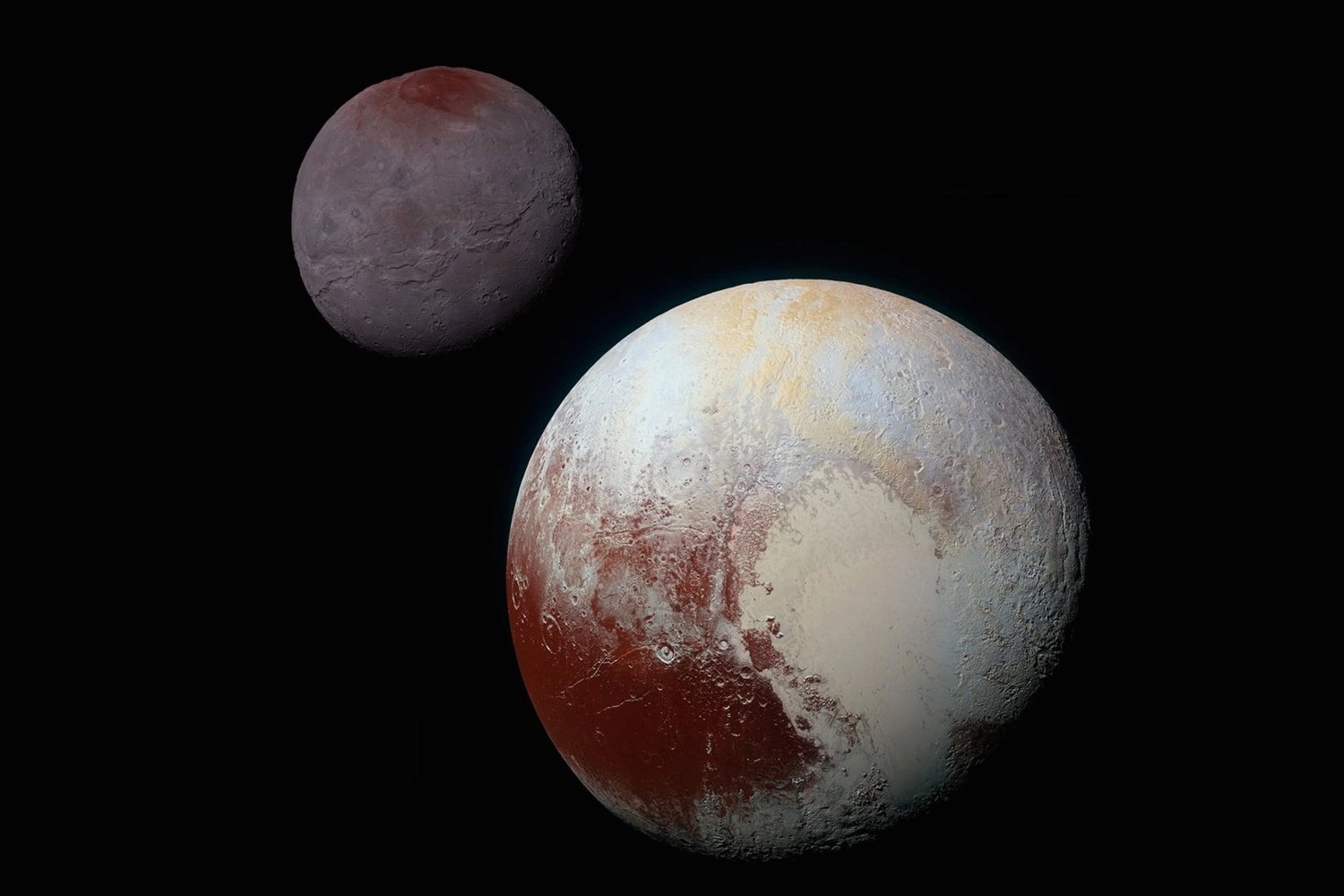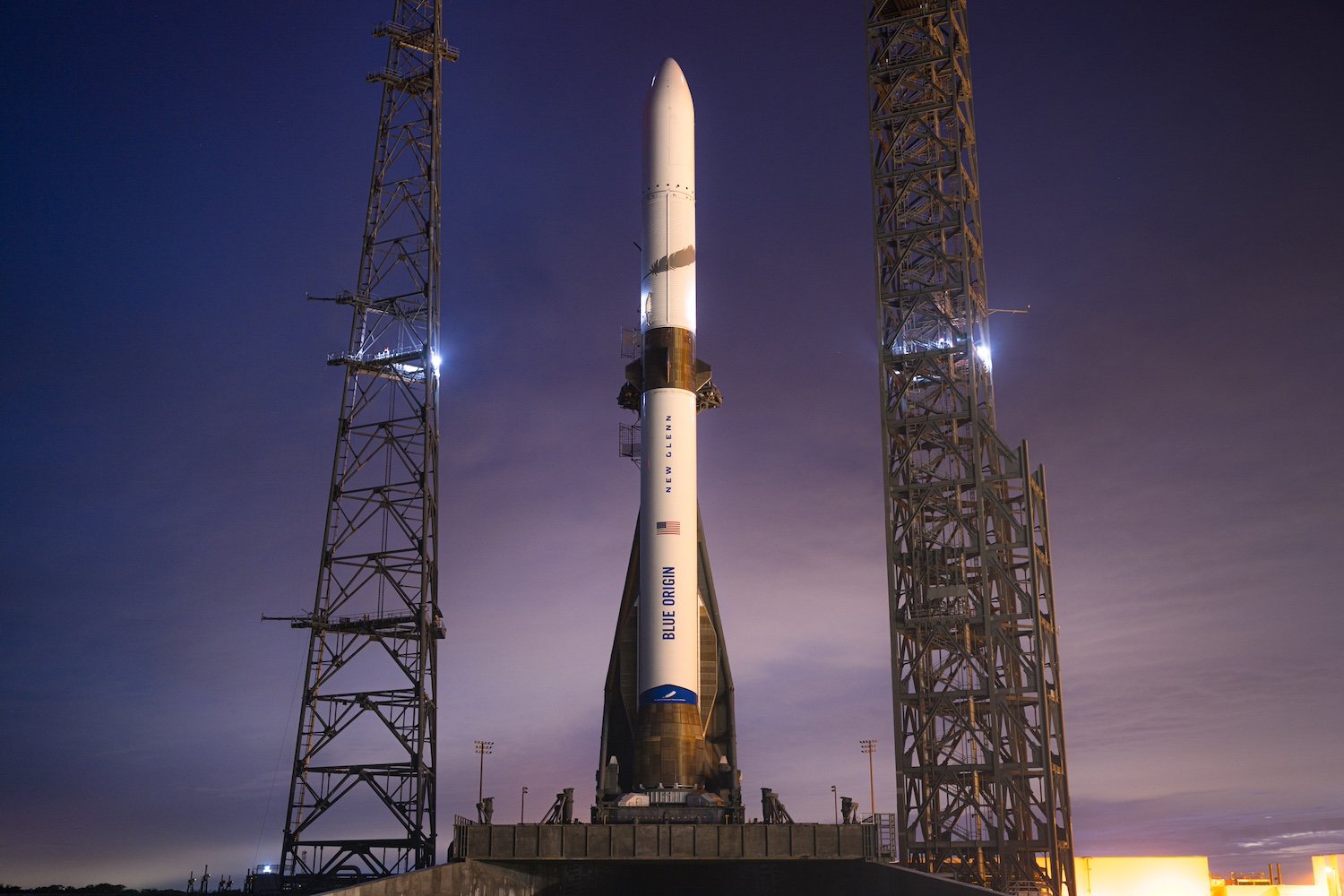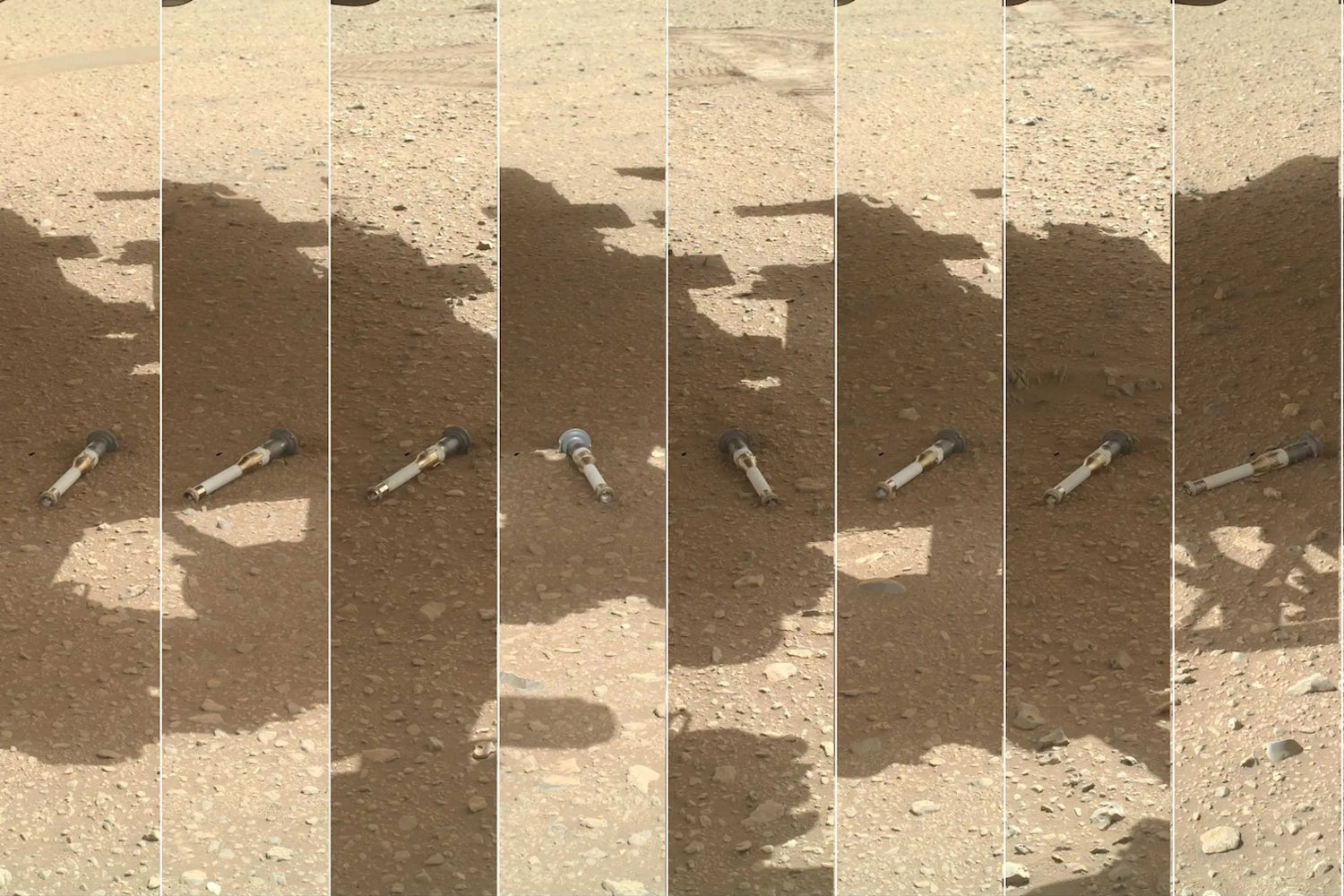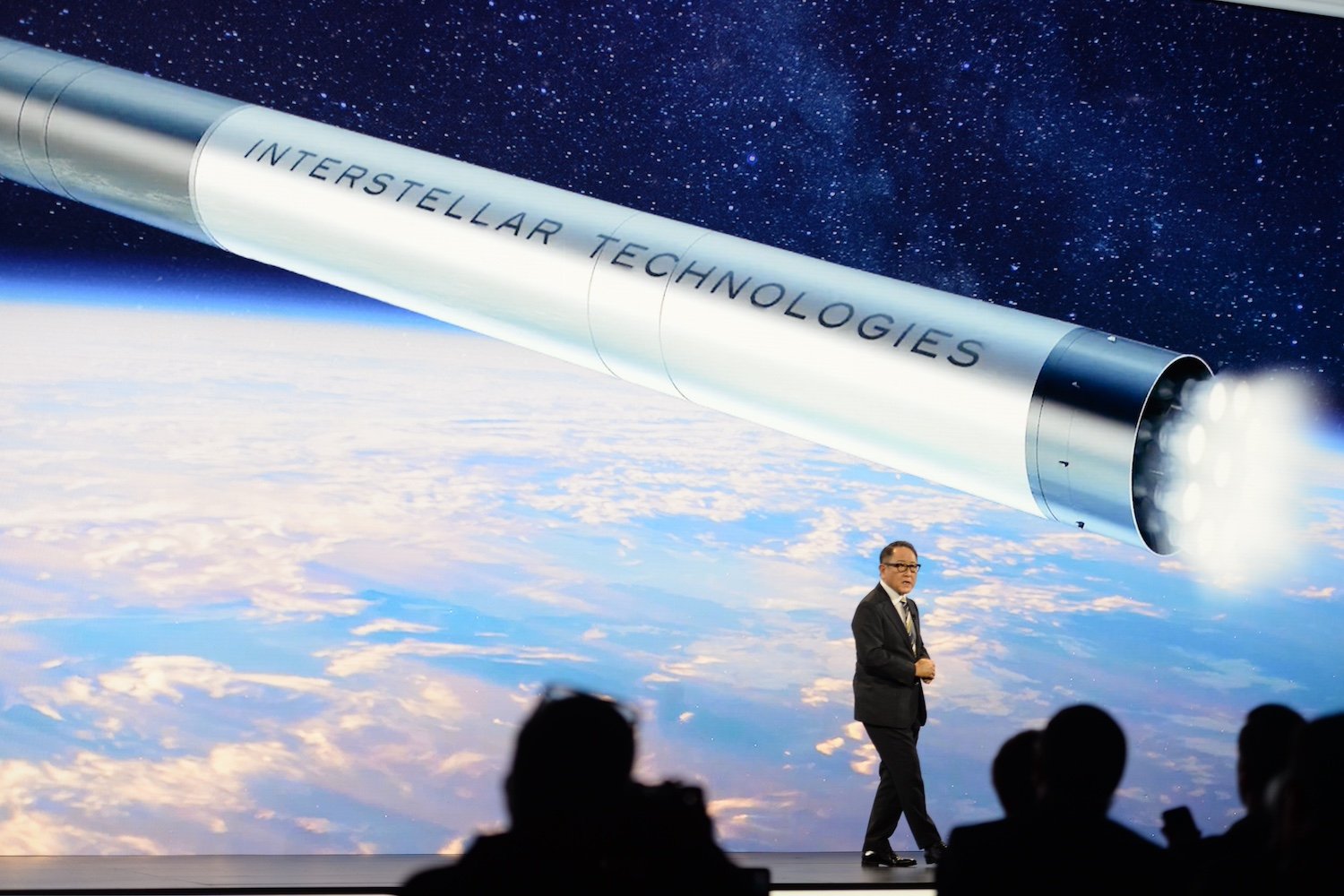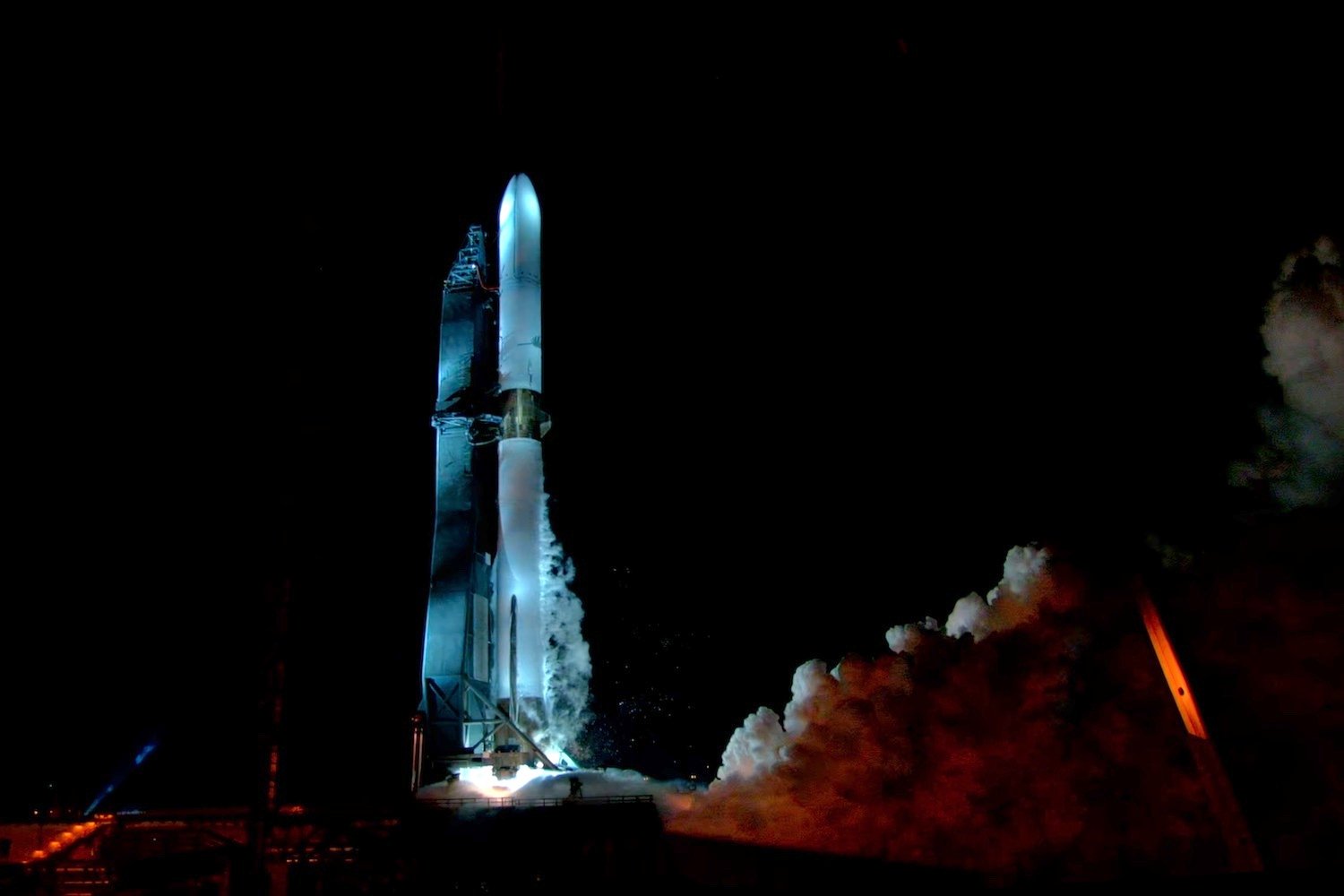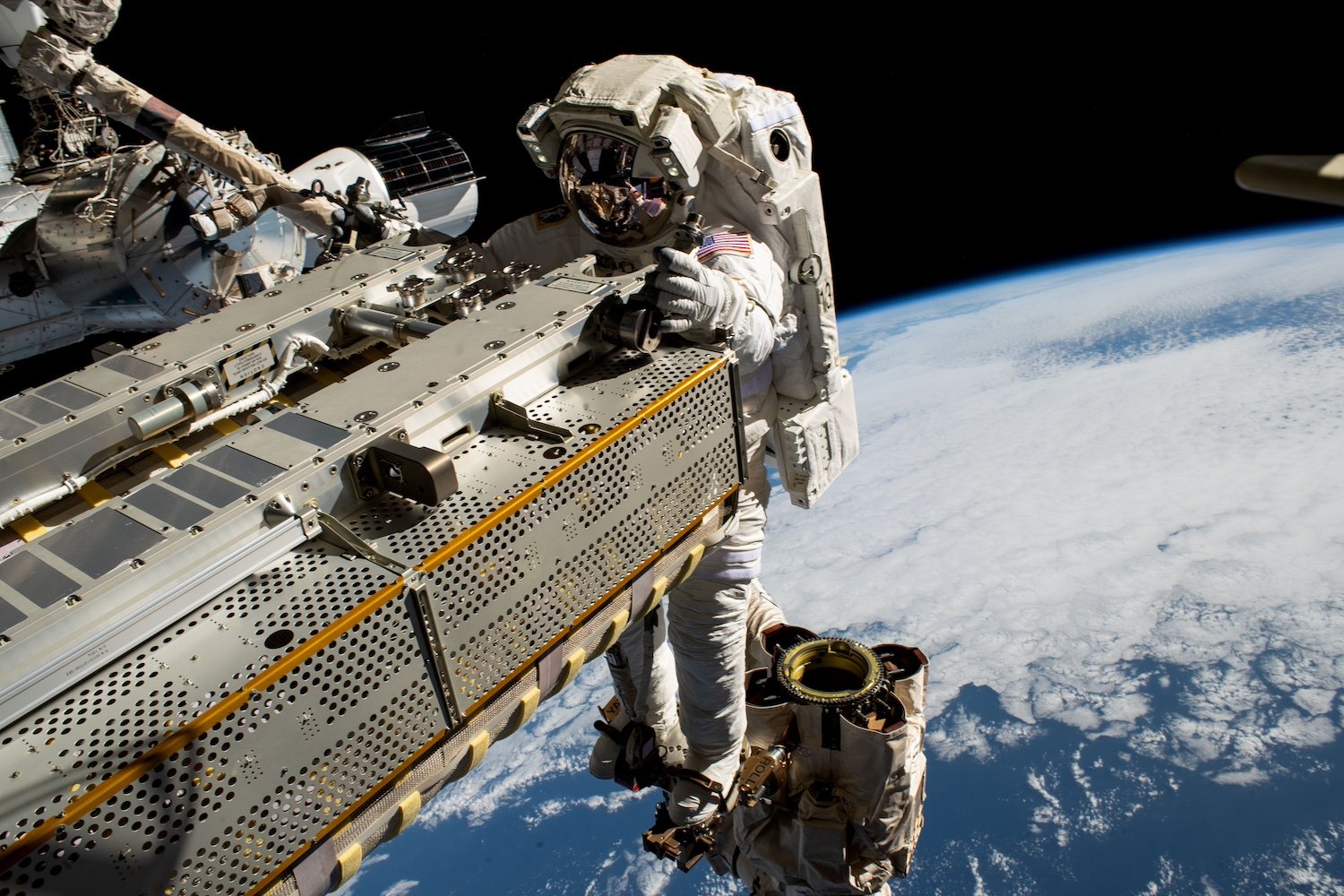SpaceX has revolutionized space travel, acting as a modern-day taxi service for satellites. Its affordable launches empower governments and private companies to access orbit for research and commercial endeavors. However, this progress comes at a cost for those living near launch sites, who are increasingly grappling with the disruptive effects.
Residents near Vandenberg Space Force Base in California shared their experiences with Business Insider, revealing a range of emotions from awe to exasperation. The frequent launches often cause houses to shake, car alarms to blare, and dogs to bark uncontrollably, even in the middle of the night. Similar complaints have emerged from communities near launch sites in Florida and Texas.
“I experience severe panic attacks during the launches,” Inga Yater, a Carpinteria, California resident, told Business Insider. “It’s progressively worsening, sometimes mimicking a heart attack.” Carpinteria is situated over 70 miles from the launch site. Closer to the base, in Lompoc, just ten miles away, residents report experiencing sonic booms that feel like earthquakes.
SpaceX’s launch frequency is unprecedented. In 2024, Vandenberg alone saw 50 launches, a number projected to double to 100 in 2025. This surge is driven by the deployment and maintenance of SpaceX’s Starlink satellite internet constellation, which requires periodic replacement of satellites roughly every five years. Starlink has become a critical communication lifeline in regions like Ukraine, where terrestrial infrastructure has been damaged.
Vandenberg offers an SMS alert system to notify locals of impending launches. However, subscribers report inconsistencies in its reliability and lack of information regarding the intensity of expected sonic booms.
SpaceX primarily utilizes Falcon series rockets, smaller than the Starship rockets planned for future missions. Kent Gee, a physics professor and acoustics engineer at Brigham Young University, likened Starship launches to “volcanic eruptions on the launchpad,” estimating their sound intensity to be equivalent to standing 200 feet from a Boeing 747 during takeoff. While SpaceX has no current plans for Starship launches from Vandenberg, they intend to launch Falcon Heavy rockets, which are larger than the currently used rockets. This requires environmental review and insurance to cover potential structural damage claims from residents.
Noise pollution and ground tremors significantly disrupt daily life, and solutions beyond relocating launchpads remain elusive. Launchpad locations are strategically chosen near bodies of water to minimize the risk of falling debris endangering populated areas. This geographic constraint limits relocation options. Disturbances are less frequent in Florida and Texas due to the greater distance between launchpads and residential areas.
SpaceX remains silent on the issue, declining Business Insider’s request for comment, consistent with their limited media engagement. While the company has faced criticism in Texas for its impact on wildlife, the incoming Trump administration has indicated streamlined project approvals, specifically addressing environmental regulations, for companies investing at least $1 billion in the U.S. This suggests little respite for residents near SpaceX launch sites in the near future.



